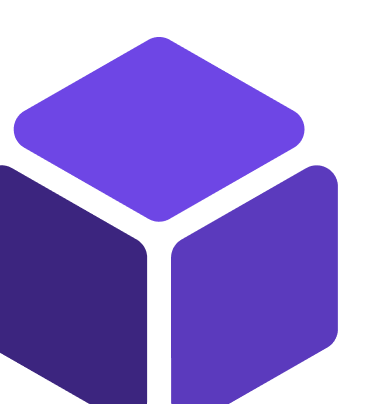Web 3.0 is the latest version or third generation of the Internet. The web, referred to as the “world wide Web,” connects data in a decentralized manner, which assists websites and applications. Web 3.0 expands the use of blockchain-based technologies in decentralized applications.
What is social networking? How does it differ from social media?
Social networking refers to online platforms to connect and communicate with others. These platforms allow users to create profiles, share information, and interact with others through various forms of communication, such as text, images, and videos. Social networking platforms include Facebook, LinkedIn, Instagram, and many others.
These platforms focus on connecting and communicating with others, while social media platforms tend to focus more on content creation and consumption. Additionally, SM platforms are widely used for marketing, news, and entertainment.
Web 3.0 in social networking/networks:
As we know, Web 3.0 is decentralized, which means users have control over their data and online identities. Videos, blogs, and scrolling through feeds are popular activities users do now. Web3 social networks are blockchain-based platforms that create decentralized applications (dApps). These dApps provide users’ self-sovereign identities and generate interactions between users and the dApp.
Smart contracts are self-executing, with the terms of the agreement between buyer and seller written directly into lines of code. Web3 social networks create decentralized autonomous organizations (DAOs), which are run by a network of users rather than a centralized authority. These organizations can also be used for social networking. It enables users to create decentralised social networking platforms where users have more control over the platform’s decisions and operations.
Web 3.0 platforms for social media in 2023.
Mastodon:
Mastodon is an open-source, decentralized social media platform, a part of the web 3 ecosystem. It allows users to create and join “instances” (similar to servers or communities) where they can post text, images, videos, and other content. Mastodon is not controlled by a single company or organization; users can freely join and leave different instances. It also emphasizes privacy and user control, allowing users to set their privacy settings and block or mute other users. It is based on the ActivityPub protocol and allows for seamless communication and federation across different instances.
Odysee:
Odysee is built on the LBRY blockchain and allows users to upload and share videos, images, and various types of content to earn cryptocurrency through the LBRY token for their contributions. Odysee is decentralised, meaning it is not controlled by a single company or organization. Instead, the platform is run by a network of users who provide storage and bandwidth for the content. This decentralisation offers greater privacy and security to users, as well as more resistance to censorship.
Mirror:
The mirror is a decentralized social media platform built on the Ethereum blockchain and InterPlanetary File System (IPFS), which aims to give users more control over their data and privacy. It provides users with a decentralized and distributed architecture, meaning there is no central point of control or failure. Users can create content, share it with their followers, and earn cryptocurrency through the Mirror Token (NFT) for their contributions. It also allows users to interact with other users, join communities, and discover new content.
Steem:
Steem is also a decentralized social media platform built on the Steem blockchain. It allows users to create and share content, such as text posts, images, and videos, and to earn cryptocurrency through the Steem token for their contributions. The platform allows users to vote on content, and the rewards are distributed proportionally to the vote weight. Additionally, it has a built-in reputation system, allowing users to establish a reputation and gain more influence on Steem.
Conclusion:
Web3 social networks are decentralized and built on blockchain technology, using NFTs, decentralized identities, decentralized autonomous organizations (DAOs), and smart contracts to incentivize users to participate in the network and automate the process of executing a contract. The Increasing demand for Web-based social media platforms due to censorship and demonetization suggests blockchain could play a crucial role in the next generation of social media applications.


